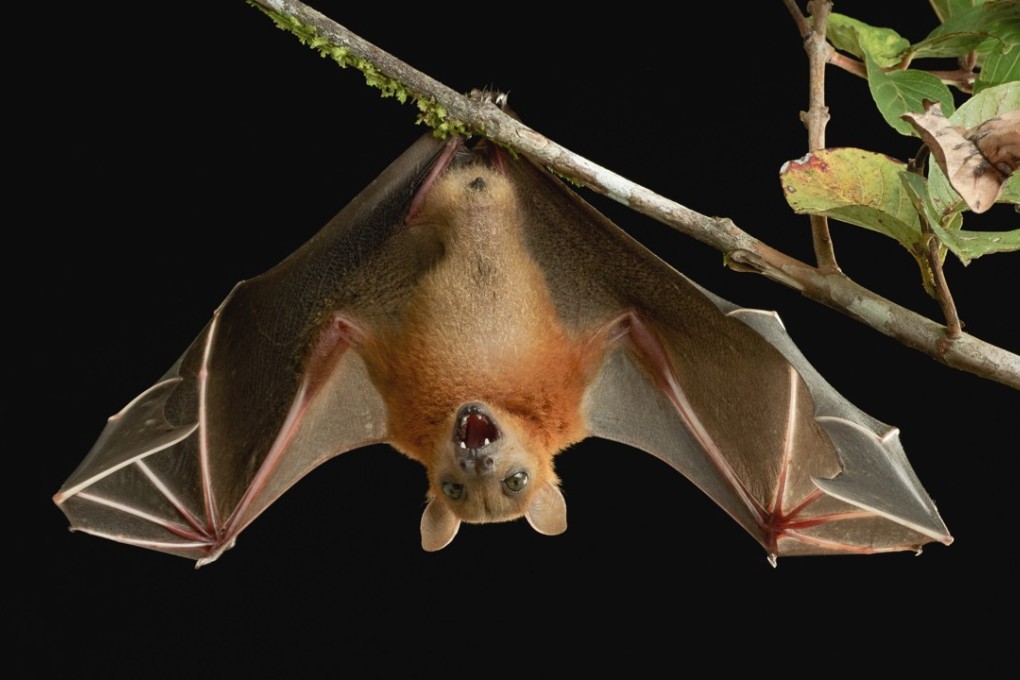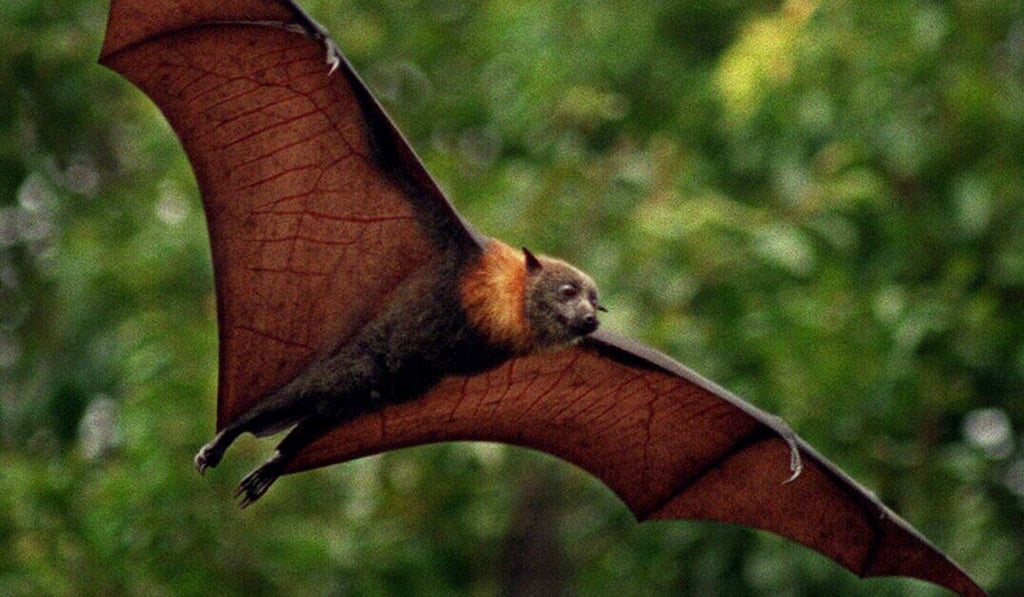How the Pentagon is planning to use bats in the battle against bioweapons
The last US military attempt to employ bats was a disastrous failure that involved miniature bombs. Now, their remarkable defensive abilities against disease are being eyed

The US military has a long history of enlisting the help of animals in warfare. The bottlenose dolphin’s sophisticated sonar enabled the Navy to detect and clear underwater bombs during the Iraq War, and homing pigeons played a vital role as secret messengers during both world wars, with some awarded medals for bravery.
But there is one animal that the military has had significantly less success in conscripting, and that is the bat.

Undeterred, the scientists ran a test of “Project X-ray” using real bats and tiny bombs in June 1943. Things did not go as planned. A report on the experiment stated somewhat evasively that “testing was concluded … when a fire destroyed a large portion of the test material.”

Project X-ray was later cancelled.